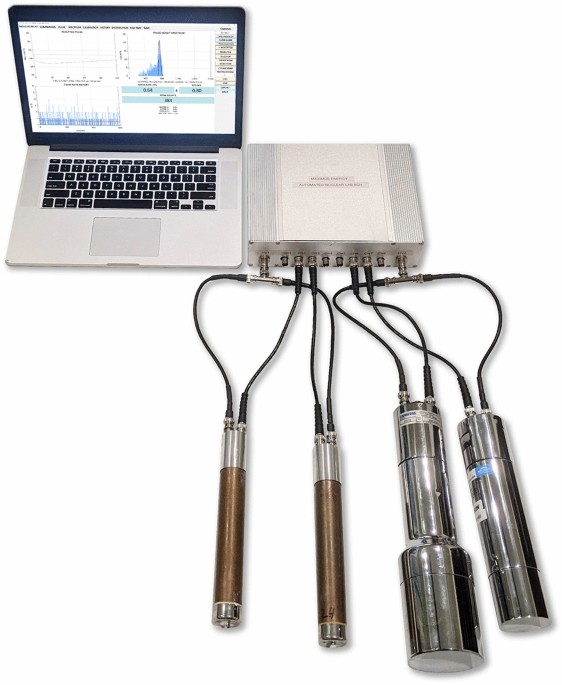5
Observation of neutron emission during acoustic cavitation of deuterated titanium powder - Scientific Reports
www.nature.comPossibility of nuclear reactions in solid state is intriguing for two reasons: (1) It provides a means of studying nuclear processes in conditions that are much different from traditional plasma-filled reactors or particle accelerators; (2) it dramatically lowers the cost and complexity of the experimental setups by eliminating the highly capital intensive components such as plasma/vacuum systems and particle accelerators. In this article we report the observation of neutron emission coincident with acoustic cavitation of deuterated titanium powder suspended in mineral oil. The resulting neutron emission was detected using an assembly of 3He proportional neutron counters. The peak neutron count rate was in excess of 6500 CPM, more than 10,000 times in excess of background. The observed neutron emission was coincident with the application of acoustic influence. The neutrons were present only when secondary acoustic waves originating from the complex bubble interactions inside the reactor constructively interfered resulting in massive, sharp pressure peaks on the order of a few thousand psi. We were able to sustain the neutron production for several hours and repeated the experiment multiple times under various conditions. We hypothesize that the observed neutrons originate from nuclear fusion of deuterium ions dissolved in titanium lattice due to the mechanical action of the impinging cavitation jets, although other processes (such as spallation) still need to be ruled out.
You must log in or # to comment.

